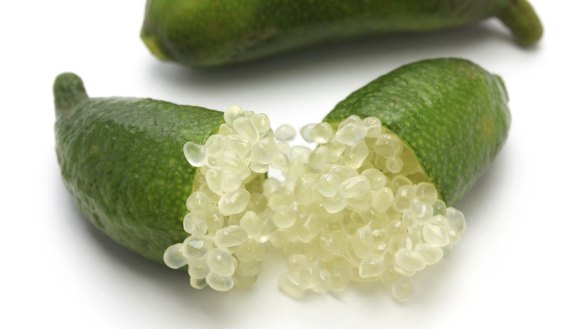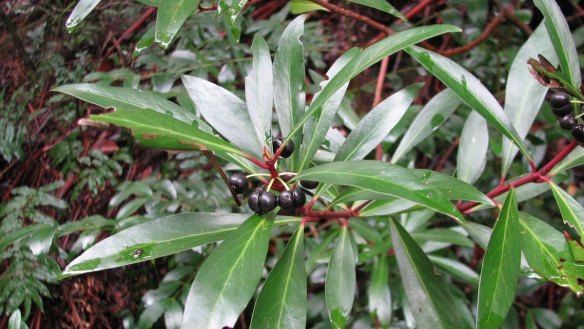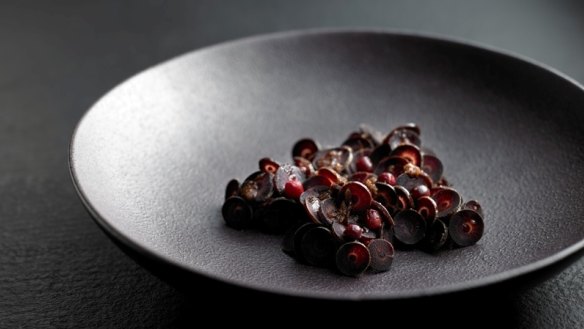Why we need more reasons to use native Australian ingredients

COMMENT
Doesn't it strike you as odd that most of what we farm commercially in Australia isn't actually native to the land?
We are yet to visit a mate's house and be served a smorgasbord of finger limes, saltbush, quandongs, bunya nuts and riberries. Yet agriculturally, native crops are the best thing we can plant in this sunburnt country.

So why haven't we embraced the native bounty of our island nation? To answer this is to answer the plight of every juvenile business – how can you generate enough demand to disrupt an industry?
Becoming agriculturally sustainable through farming more native ingredients could save vast amounts of water and remove swathes of chemical treatments used in broadacre farming. It could also empower Indigenous communities and add value to their land.
Native ingredients have undergone a mass resurgence, with restaurants at the top end of Australian dining, such as Attica, Orana, Brae, Bennelong and Africola, incorporating Australian plants in their culinary offerings.
People value things more when a higher price is involved.
It's a far cry from the "bush tucker" movement of the 1990s that resulted in native foods' ultimate demise through mass dilution at low price points across "commodity condiments" such as flavoured oils and teas.
The key difference this time is brand equity. People value things more when a higher price is involved. Collectively, we've hit a snag.
Fine-dining restaurants require growers (and foragers) to deliver product of a high standard and for the most part they pay very well for it. This usually represents 10 to 20 per cent of a farmer's produce.

Farmers typically operate on gross margins similar to restaurants, which require 80 per cent of their yield to be sold to make a profit.
This means most of their produce is wasted or sent to cost-recovery enterprises, where it's turned into products such as muesli bars, cordials and juice.
Take a moment to appreciate the dichotomy of the native foods industry: fine-dining to muesli bars. Not that there's anything wrong with muesli bars – they just don't come with a $250-a-head price tag.

The result is these unprofitable (yet innovative) farmers don't generate enough interest to persuade conventional farmers to change what they are growing. Quite a pickle.
Enter luxury distilleries, keen to jump on board the native-ingredients bandwagon, with craft spirits leading the way.
Spirits are the only agricultural products that never go off. Further, distilleries specialise in taking a lot of raw produce, and turning it into a small amount of highly valuable product.
This is important to note, as it allows distilleries to swallow up the vast majority of farmers' produce that fine-dining doesn't want.
So please enjoy your lemon myrtle roast chicken, desert lime gin and wattleseed lager. And crunch on any quandong muesli bars, too.
We need everyone involved to change our agricultural landscape for the better.
Brendan and Laura Carter are the co-founders of Applewood Distillery and Unico Zelo winery in Gumeracha, South Australia.
Restaurant reviews, news and the hottest openings served to your inbox.
Sign up